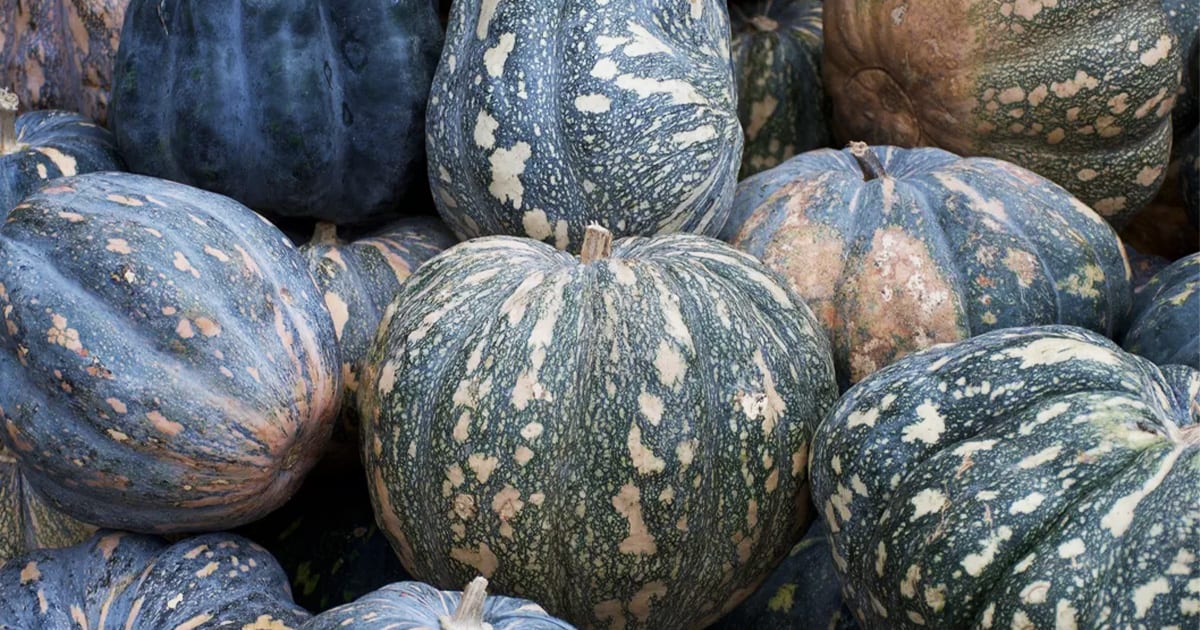During the last quarter of the year, the rains in most regions of Costa Rica are often overwhelming, particularly for gardeners. Even so, there are hardy plants that grow well in rainy conditions.
Here’s one of my favorites: Called ayote in Spanish, Cucurbita maxima is the native pumpkin squash of the tropical Americas. Grown here by indigenous tribes for ages before the Europeans arrived, these hardy native plants are still one of the most important staple crops of the region. Resistant to insect attacks and plant diseases, they are easy to grow in the home garden.
Many gardeners, including me, have had poor luck growing zucchinis, yellow crookneck and other northern varieties of squash here in the tropics. But we discovered that the young, succulent, native tropical squashes taste just as good as the northern varieties.
Here are some tips for growing your own ayotes at home. You can buy ayotes at most local markets, and the seeds inside are great for planting. Just dry them in the sun for a day or two and they’re ready to plant.
Prepare a hole about 1 meter in diameter and 30 to 40 centimeters deep. In this hole, apply one wheelbarrow load of rich, aged compost, fortified with two shovelfuls of ashes. Now, plant two ayote seeds in the center, about 5 cm deep and 30 cm apart. Areas where brush and leaves have been burned are ideal spots for planting ayotes.
Keep the young plants free of weeds. When the ayote plants begin to cover the area, begin to prune the leading tips of the vines. (By the way, locals taught us to cook these tender tendrils for a spinach-like vegetable dish known as quelites de ayote.) Pruning your ayote plant helps keep it compact and also stimulates flowering and production of squashes.
When the plant begins to produce its pretty, brilliant yellow flowers, keep a close eye on production of the tender young squashes. Begin to harvest them when they reach the size of a small cantaloupe. At this stage, they are as delicious as zucchinis. Leave others to develop to their full size for seed production and use them as mature squashes.
You’ll find that an ayote plant can produce for several months, providing an abundance of delicious meals for the family.

